Introduction: The Convergence of Health, Technology, and Sustainability
In recent years, the concept of “smart homes” has moved beyond the realm of futuristic fantasies and become an increasingly attainable reality. As technology continues to evolve, homes are becoming more connected, automated, and efficient through the use of smart devices. At the same time, there is a growing awareness of the importance of sustainability, particularly in reducing energy consumption and minimizing our ecological footprint. As a result, the rise of smart eco-friendly home devices has brought together two critical goals: improving household health and enhancing energy efficiency.
But can these smart devices, which promise to make our homes more environmentally friendly while promoting better health outcomes, actually live up to the dual expectations of improving both health and energy efficiency? This article will explore the potential of smart eco-friendly devices, looking at how they work, the benefits they offer, the challenges they face, and whether they truly deliver on their promises.
The Intersection of Health and Energy Efficiency in the Home
Before diving into the specific devices, it’s important to understand why both health and energy efficiency matter in the context of home environments.
- Health in the Home: The home is where we spend the majority of our time, and its environment significantly impacts our well-being. Indoor air quality, lighting, temperature, and noise levels can all influence our physical and mental health. For example, poor air quality can lead to respiratory issues, while inconsistent lighting can affect sleep patterns. Therefore, improving these environmental factors within the home is crucial for maintaining a healthy lifestyle.
- Energy Efficiency: With growing concerns over climate change and the environmental impact of energy consumption, making homes more energy-efficient has become a top priority for many. Reducing energy usage not only lowers electricity bills but also reduces carbon emissions, contributing to a more sustainable and eco-friendly world. This is particularly important in the context of global efforts to curb energy waste and reduce the demand on non-renewable resources.
The goal of smart eco-friendly devices is to simultaneously address both of these issues by creating an environment that is healthier for its occupants and more sustainable for the planet.
Smart Eco-Friendly Devices and Their Role in Improving Health
Smart home devices, powered by Internet of Things (IoT) technology, have become central to creating healthier living spaces. These devices collect and analyze data to optimize conditions within the home. Below are some key smart eco-friendly devices that can help improve household health:
- Smart Air Purifiers and Air Quality Monitors
Indoor air pollution is a significant health concern, particularly in urban areas. Poor air quality can contribute to allergies, asthma, respiratory issues, and overall discomfort. Smart air purifiers are designed to monitor and improve indoor air quality by removing pollutants such as dust, allergens, pet dander, and even harmful gases like volatile organic compounds (VOCs).
- How It Works: Smart air purifiers are equipped with sensors that detect air quality levels in real time. They adjust the airflow and purification levels based on the data they receive, ensuring optimal air quality at all times. Many devices also provide real-time data to homeowners through smartphone apps, allowing them to monitor air quality and receive alerts when pollutants exceed safe levels.
- Health Benefits: By continuously monitoring and purifying indoor air, smart air purifiers help reduce the risk of respiratory problems and improve overall indoor air quality, thus promoting better health and well-being for residents.
- Smart Lighting Systems
Lighting plays a significant role in both health and energy efficiency. Smart lighting systems allow for the adjustment of light intensity, color temperature, and scheduling, all of which can influence health outcomes.
- How It Works: These systems use sensors to adjust light based on the time of day or the natural light available. For instance, they can dim or change the color of the light in the evening to mimic sunset and promote relaxation, helping to improve sleep quality. In the morning, they can increase the brightness and simulate natural daylight to help wake you up gently and regulate your circadian rhythms.
- Health Benefits: Proper lighting improves sleep quality, reduces eye strain, and enhances mood. Smart lighting systems that mimic natural light patterns can help stabilize circadian rhythms, thus improving sleep hygiene and mental health.
- Energy Efficiency: These systems can also reduce energy consumption by automatically turning off lights in unoccupied rooms or adjusting brightness levels based on ambient light, thereby saving energy.
- Smart Thermostats and Climate Control
Temperature and humidity control are vital factors in maintaining a comfortable and healthy indoor environment. Smart thermostats are energy-efficient devices that allow homeowners to regulate the temperature in their homes based on their schedules and preferences.
- How It Works: Smart thermostats use sensors to detect the temperature and humidity levels in the home. They can learn the household’s schedule and adjust heating and cooling systems accordingly. Many smart thermostats are also connected to weather forecasts and can adjust the temperature based on outside conditions.
- Health Benefits: Maintaining a stable temperature and humidity level can help prevent issues such as dry skin, respiratory discomfort, and allergies. For example, smart thermostats can help prevent mold growth by ensuring humidity is kept at healthy levels, which is crucial for households with asthma or allergy sufferers.
- Energy Efficiency: Smart thermostats contribute significantly to energy savings by optimizing heating and cooling. They prevent energy waste by adjusting the temperature when no one is home and ensuring that energy is not wasted on heating or cooling empty rooms.
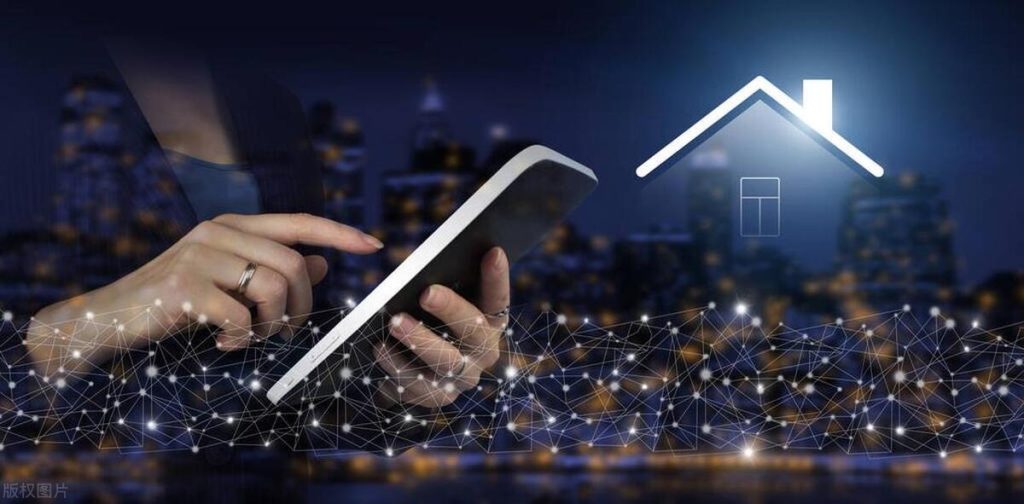
Smart Eco-Friendly Devices and Their Impact on Energy Efficiency
While health benefits are important, the primary goal of many smart eco-friendly devices is to reduce energy consumption. By improving the efficiency of energy usage, these devices contribute to lower utility bills and a reduced carbon footprint. Here are some devices that focus on improving energy efficiency:
- Smart Energy Meters and Energy Monitoring Systems
Smart energy meters track the amount of energy consumed by various appliances in the home. They can provide detailed insights into energy usage, helping homeowners identify areas where they can cut back on consumption and reduce waste.
- How It Works: Energy meters use sensors to monitor power usage in real-time and transmit this data to a smartphone app or central dashboard. Homeowners can view their consumption patterns, set energy-saving goals, and receive alerts when energy use exceeds set thresholds.
- Energy Efficiency Benefits: By providing real-time data and feedback, energy meters help homeowners make more informed decisions about how and when to use energy, reducing overall consumption and energy costs.
- Smart Plugs and Appliances
Smart plugs and appliances enable homeowners to manage and control the energy usage of individual devices and appliances in their homes. These devices can be programmed to turn off automatically when not in use, reducing the standby power consumption of electronics.
- How It Works: Smart plugs are plugged into standard electrical outlets, allowing homeowners to control connected devices remotely through an app or voice command. Smart appliances, like refrigerators, washing machines, and dishwashers, are designed to operate more efficiently and can be scheduled to run during off-peak energy hours.
- Energy Efficiency Benefits: Smart plugs and appliances help reduce vampire power—the energy consumed by appliances when they are not in use—and optimize the overall energy usage of the home. By scheduling appliances to operate during off-peak hours, homeowners can further reduce their energy bills.
Challenges and Considerations
While the benefits of smart eco-friendly devices are clear, there are also some challenges and considerations to keep in mind:
- Initial Costs: The upfront costs of purchasing and installing smart eco-friendly devices can be significant. While these devices often lead to long-term savings, they may not be affordable for all homeowners, especially those with limited budgets.
- Technology Compatibility: Not all smart devices are compatible with one another, and homeowners may need to invest in additional hubs or platforms to ensure seamless integration between devices. This can add complexity and cost to setting up a smart home system.
- Privacy and Security Concerns: Many smart devices collect data to optimize performance, which raises concerns about privacy and data security. Homeowners need to be cautious about the types of data these devices collect and how that data is being used or shared.
- Maintenance and Updates: Like any technology, smart devices require regular maintenance, software updates, and occasional troubleshooting. This can be time-consuming and may require technical knowledge or support.
Conclusion: The Future of Smart Eco-Friendly Homes
Smart eco-friendly devices hold immense potential to enhance both household health and energy efficiency. By improving air quality, optimizing temperature and lighting, and reducing energy consumption, these devices create more sustainable, healthy, and cost-effective living environments. However, it is important for consumers to carefully evaluate their options, considering factors such as cost, compatibility, and privacy concerns before making investments in smart home technology.
As the technology continues to evolve and becomes more affordable, we can expect to see an increasing number of households embracing smart eco-friendly devices. These innovations not only promise to improve our well-being but also play a critical role in reducing our environmental footprint, creating healthier homes and a more sustainable future.















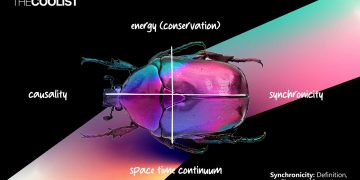









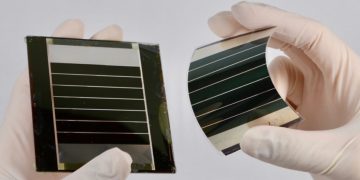
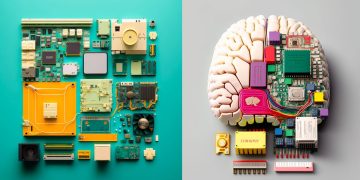


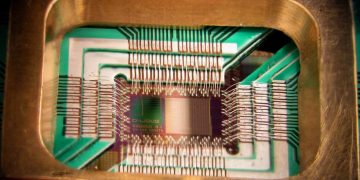

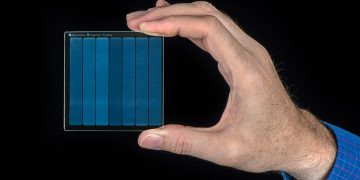

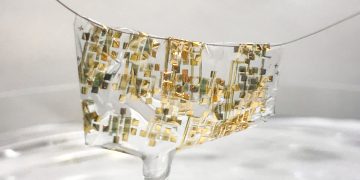
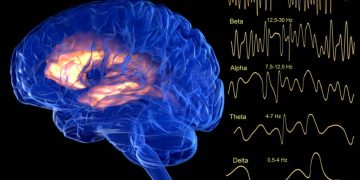
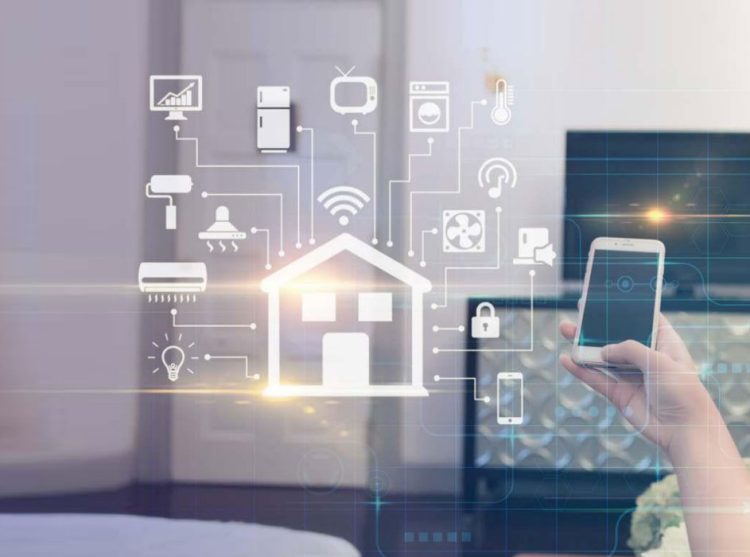












Discussion about this post